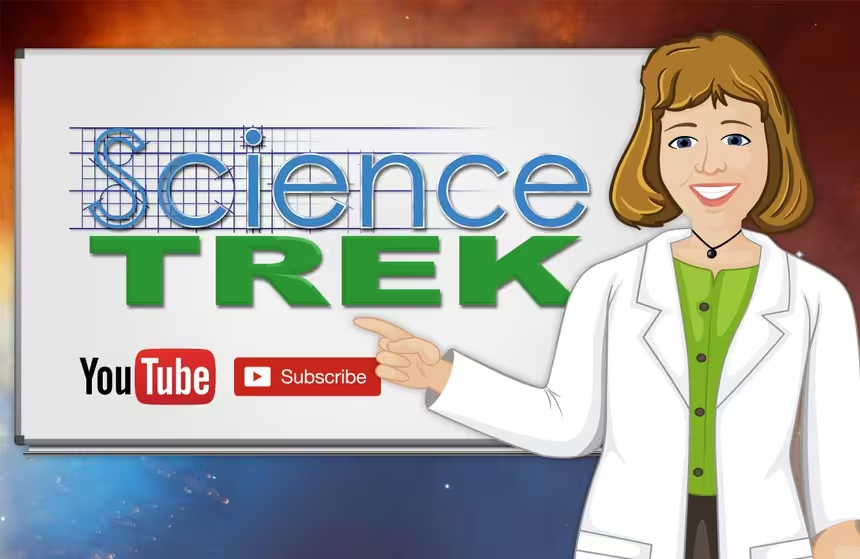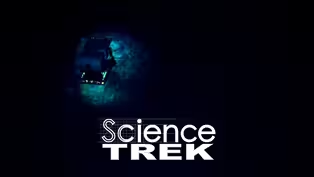
Oceans: The Earth's Oceans
Clip: Special | 1m 5sVideo has Closed Captions
Which ocean is the largest?
The ocean is one big body of water, but we have divided up the Earth into five oceans and about 50 designated seas. These oceans are called the Pacific, Atlantic, Indian, Southern, and the Arctic.
Problems playing video? | Closed Captioning Feedback
Problems playing video? | Closed Captioning Feedback
Science Trek is a local public television program presented by IdahoPTV
Major Funding by the Laura Moore Cunningham Foundation and the Idaho National Laboratory. Additional Funding by the Friends of Idaho Public Television and the Corporation for Public Broadcasting.

Oceans: The Earth's Oceans
Clip: Special | 1m 5sVideo has Closed Captions
The ocean is one big body of water, but we have divided up the Earth into five oceans and about 50 designated seas. These oceans are called the Pacific, Atlantic, Indian, Southern, and the Arctic.
Problems playing video? | Closed Captioning Feedback
How to Watch Science Trek
Science Trek is available to stream on pbs.org and the free PBS App, available on iPhone, Apple TV, Android TV, Android smartphones, Amazon Fire TV, Amazon Fire Tablet, Roku, Samsung Smart TV, and Vizio.

Science Trek
Science Trek is a place where parents, kids, and educators can watch short, educational videos on a variety of science topics. Every Monday Science Trek releases a new video that introduces children to math, science, technology, engineering, and math (STEM) career potentials in a fun, informative way.(Music) JOAN CARTAN-HANSEN, HOST: The ocean is really one big body of water covering more than 70 percent of the Earth's surface.
To make it easier, we've divided up the earth into five oceans.
The largest is the Pacific.
It covers one-third of the Earth's surface.
Next in size is the Atlantic.
It's the saltiest ocean.
Then there is the Indian Ocean.
It's the warmest ocean on average.
Next is the Southern Ocean.
It surrounds Antarctica.
And the smallest is the Arctic Ocean.
At only about 14 million acres, it's about 10 times smaller than the Pacific and it also the shallowest.
There are about 50 designated seas on earth.
Seas are smaller than oceans and are partly enclosed by land.
The deepest known area on Earth is the Mariana Trench.
Located in the western Pacific, it's about 11 km or almost seven miles deep.
And the longest mountain range on Earth is underwater.
It's the Mid-Oceanic Ridge and it stretches nearly 65,000 kilometers or almost 41 thousand miles.
For more information about oceans, check out the Science Trek website.
You'll find it at ScienceTrek.org
Video has Closed Captions
Clip: Special | 1m 5s | The ocean is divided into five different zones based on depth. (1m 5s)
Providing Support for PBS.org
Learn Moreabout PBS online sponsorship
- Science and Nature

Explore scientific discoveries on television's most acclaimed science documentary series.

- Science and Nature

Capturing the splendor of the natural world, from the African plains to the Antarctic ice.












Support for PBS provided by:
Science Trek is a local public television program presented by IdahoPTV
Major Funding by the Laura Moore Cunningham Foundation and the Idaho National Laboratory. Additional Funding by the Friends of Idaho Public Television and the Corporation for Public Broadcasting.
